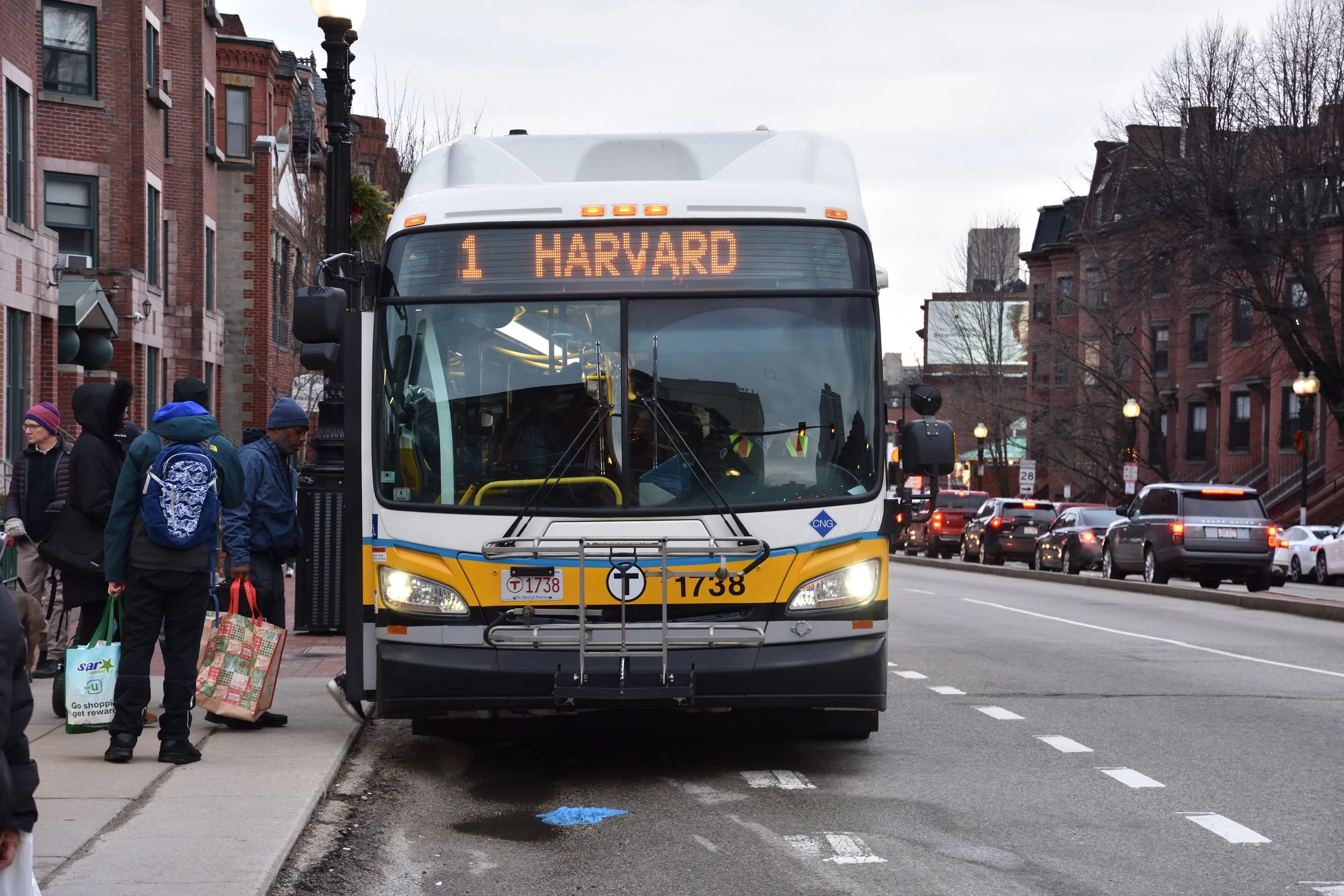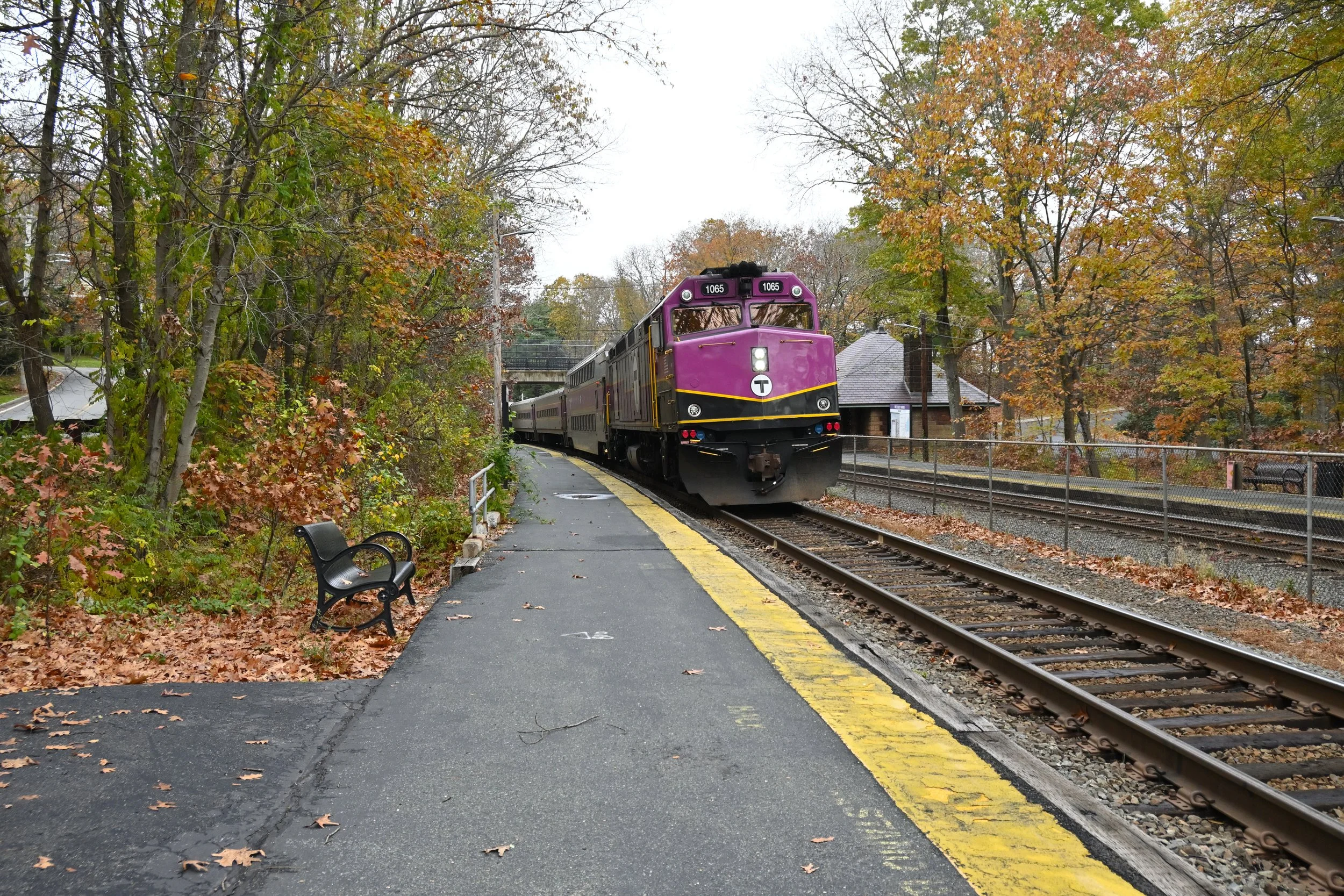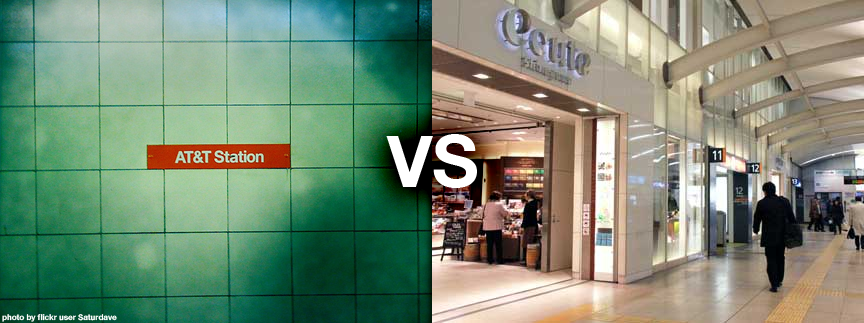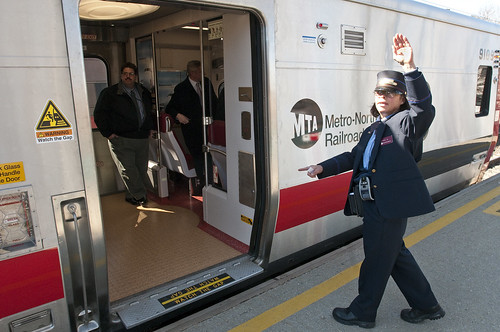The question is on the table again as the MBTA moves forward with its interest in selling naming rights as IMG Worldwide as been announced as the firm that will conduct a 'a thorough analysis to determine if there's a market for naming rights and what the value would be', according to Joe Pesaturo of the MBTA.
Boston is not unique in its operating budget issues, nor is it unique in some of its attempts to close the funding gap. About a year ago, Boston joined New York, Chicago, Philadelphia, Austin, Toronto, and New Jersey in the growing list of North American transit agencies trying desperately to close operating gaps with a funding concept that is an illusion and hardly effective for actually raising the revenues that agencies claim.
To bring it home, one of my followers on Twitter brought to my attention a sponsorship from 1997 to 2000 by Citizens Bank to rename State on the Blue and Orange Lines to State/Citizens Bank. The sponsorship eventually failed and the station's name was reverted.
Ben Kabak in New York has written numerous posts on the issue (in the numerous links above), so I won't bother rehashing a topic. I will however highlight one particular public-private partnership that Chicago capitalised on, which was the $4 million rehab of the North/Claybourn station, all paid for by Apple. If we're going to be selling the system to private entities, why not work with them to refurbish the system or even build out revenue-generating properties without selling the property or rights to profits (Chicago lost $11 billion from a poor leasing agreement of its parking meters to Morgan Stanley)?
While we shouldn't necessarily be relying on commercial entities to be paying for and completely refurbishing our public infrastructure just so they can use them as their own vehicles for advertising, public transport is in an ailing state. Budgets are tight and will continue to get tighter until the costs (of construction and maintenance) are reined in and publicly owned property can be made more profitable.
Of the latter, these public-private partnerships could be used to capitalise on unproductive, low revenue-generating properties owned by the state, such as station head houses, rights of way, and station platforms themselves. Looking at just Porter Square, why is the Shaw's located so far away from the public transport hub that likely brings in the majority of its business from commuters picking up their groceries on their commutes home? Why is there not a passage under Somerville Ave to connect to a basement level of CVS or another business and provide a safer crossing of the major boulevard? This is the ultimate form of not only transit-oriented development, but also leveraging MBTA property as convenient and profitable real-estate to developers. We may be far from Japan's platform-side malls and ramen shops, but it's high time the MBTA start pushing its property and really engaging with developers and private entities to serve the public more directly.
I'd rather be able to grab a fresh bowl of ramen and groceries conveniently on my commute home than ride through Apple/Copley Square or Macy's/Downtown Crossing, especially if I know that one initiative is more likely to keep the trains running, the lights on, and the buses well-maintained.










